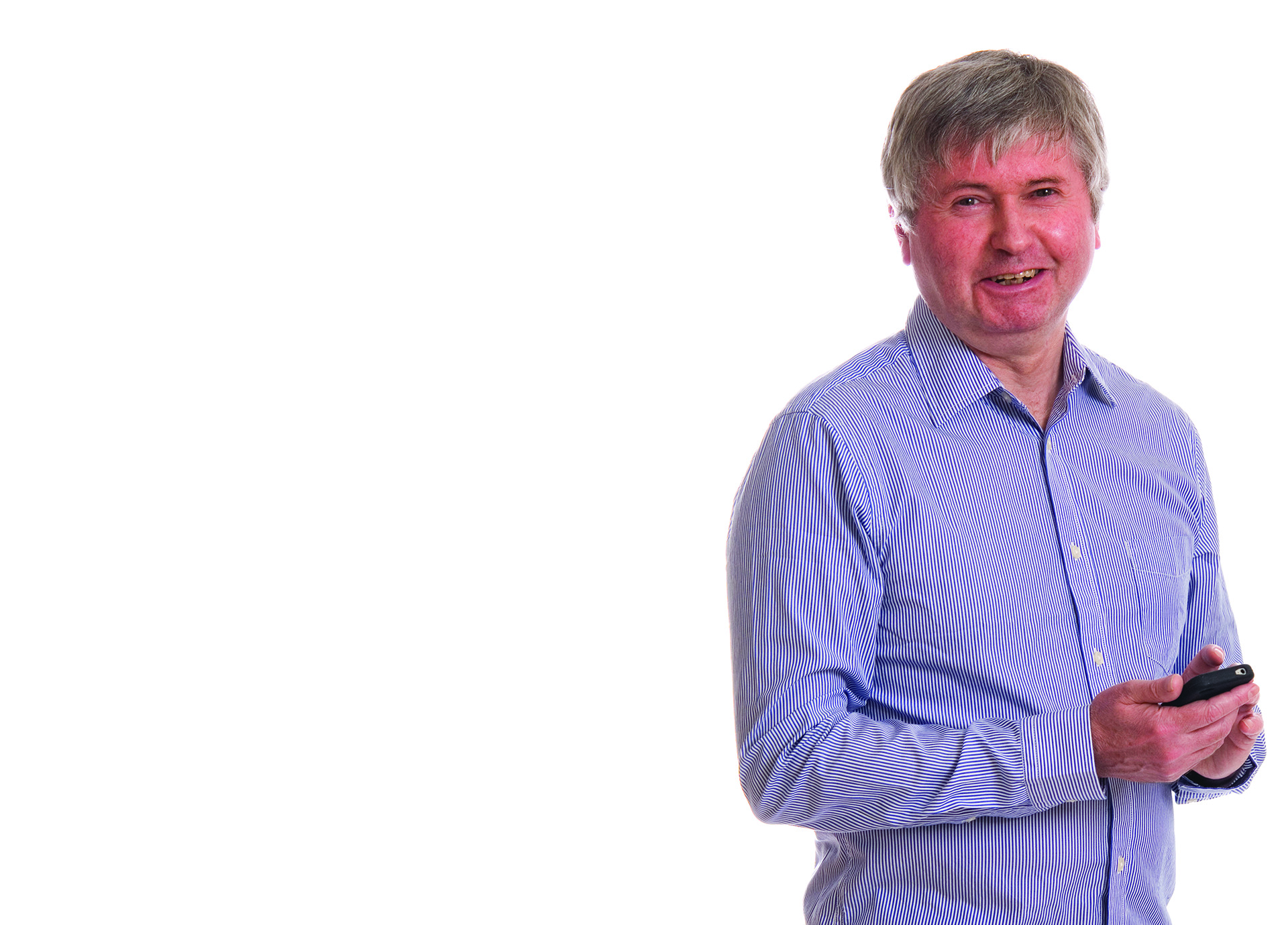One night during the coldest winter of the past century those hardy people who braved snow and ice to attend the weekly folk club at Bradford’s Fox and Goose witnessed a brief performance by a young lad with a somewhat worse-for-wear guitar.
His vocal style was harsh and nasal, and he looked like he might be aged 15, although it later emerged he was 21. But because he came highly recommended by the evening’s star turn – a New York singer called Ramblin’ Jack Elliott, who played for £5 and free whisky – the club’s organisers had agreed to let him do one song. He bombed. There was only polite applause, and when the audience later trooped into the frozen darkness of Canal Road most had already forgotten the name of the young lad with the grating voice.
The precise date of Bob Dylan’s visit to Bradford is lost in the cigarette smoke haze of folk club history, but it would be during his first known trip to the UK between mid-December 1962 and the second week of January 1963. This was a few months before he became Bob Dylan, troubadour of the teen rebellion that drove 1960s pop culture and was lumbered with the tag he’s been trying to shake off ever since – “spokesman of a generation”.
I remembered this story last week while reading the numerous retrospectives of Dylan’s career on his 80th birthday. However, there were no mobile phones in the early 1960s to capture him at the Fox and Goose, no Instagram or Twitter, and primitive reel-to-reel tape recorders were decidedly non-portable and too expensive for most people, so Dylan’s Bradford appearance is chronicled only in local folk legend.
I saw Dylan in Yorkshire much later in his career. It was on 20 November 2003 at Sheffield’s Hallam FM Arena in front of a 12,000 audience, and I wonder if he recalled playing for a couple of dozen folk fans in that smoky pub 40 miles up the road at the start of his career.
What strikes me about the difference between early and late-period Dylan is the changes in his voice. At the start it was pretty much an acquired taste. He began as a Woody Guthrie tribute act, mimicking the American who sang about the Dust Bowl depression of the 1930s. Dylan affected a similar style, as though he had nicotine-cured vocal chords and grew up on an Oklahoma farm.
Forty years later in Sheffield, though, Dylan’s voice had become the real deal. Sounding like he gargled with whisky and broken glass, at the age of 62 he had grown into the voice he once had to imitate. So much so that some of his most famous songs were rendered almost unrecognisable. I didn’t know he was singing It’s All Over Now, Baby Blue until the final verse.
Like David Bowie, the key to his long career has been his chameleon-like changes of persona. Astutely, he realised being typecast as a protest singer would limit his appeal. He used a motorcycle accident to disappear before reinventing himself in genres that included blues, country and gospel, and produced the great albums of the 1970s and 1980s that those folkies in Bradford could never have imagined possible.



Leave a reply
Your email address will not be published.